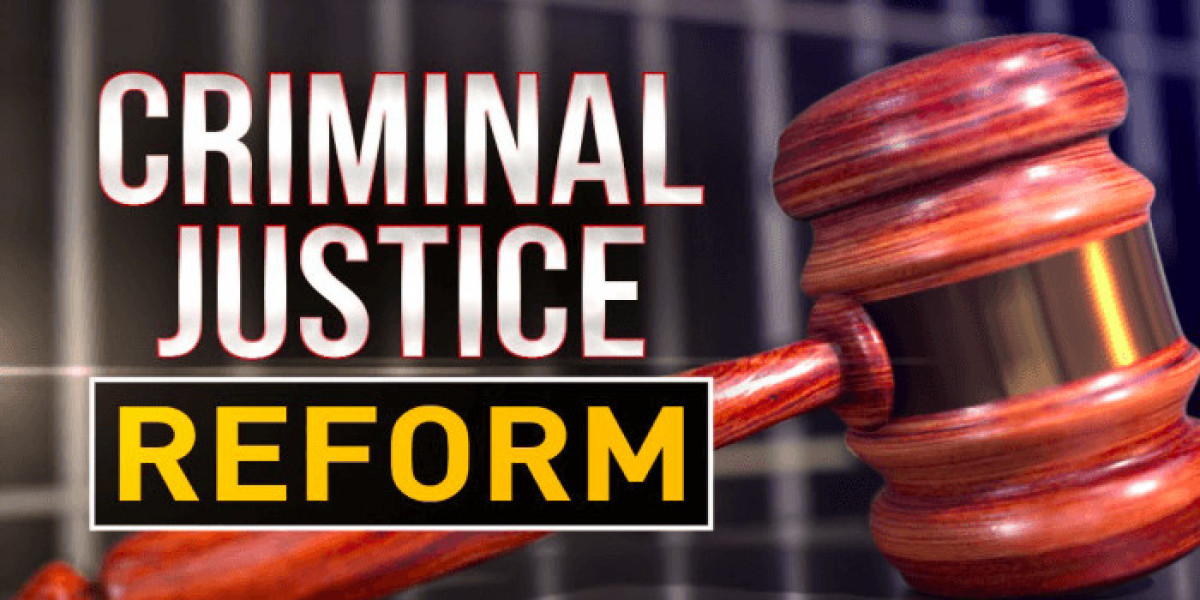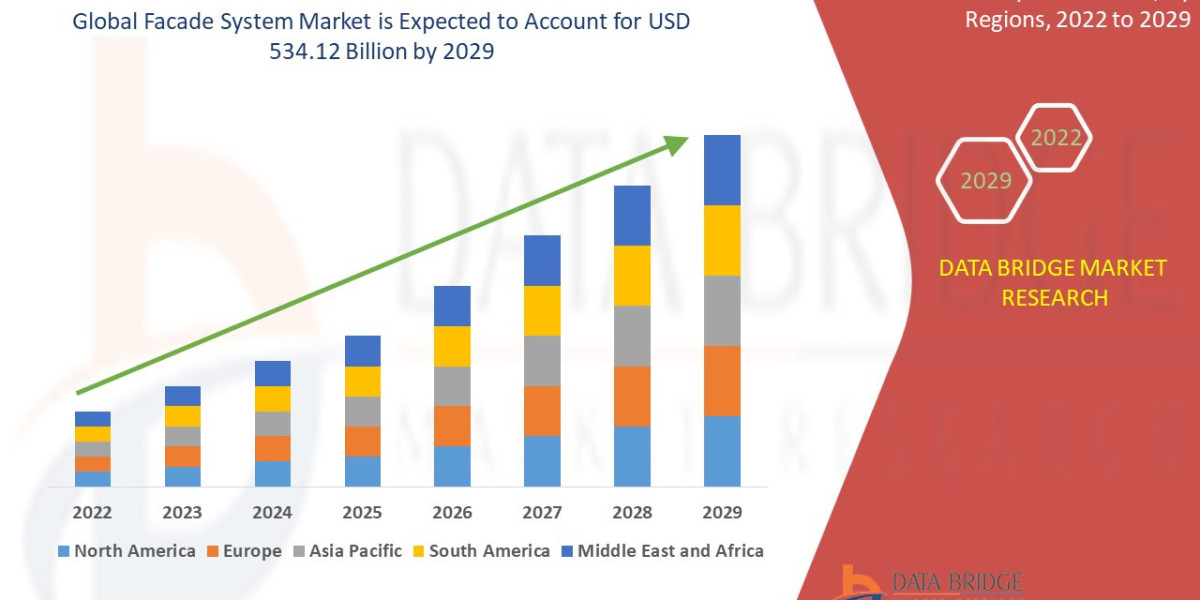Criminal justice reform in 2025 isn’t just a topic for legal scholars or political pundits—it’s a fight for fairness, equity, and the soul of a system that touches millions of lives daily. From prison walls to courtroom halls, change is in the air. But how far have we come? What’s still broken? And where does hope live in a system long plagued by injustice?
Let’s dive deep into the journey so far, the battles ahead, and the people making waves for a better tomorrow.
The Roots of the Movement
How We Got Here: A Brief History
Reform didn’t start in 2025—it’s a torch passed from generation to generation. The war on drugs in the '80s, tough-on-crime policies in the '90s, and the protests of the 2010s all laid the foundation. Each era revealed cracks in the system. And in response, activists, communities, and reformers stood up.
The Role of the Racial Justice Act
One pivotal piece of legislation shaping reform today is the Racial Justice Act. Passed in several states, it allows defendants to challenge convictions or sentencing if race was a significant factor. In 2025, more states are adopting it, recognizing that blind justice doesn't always mean colorblind justice.
The Racial Justice Act is not just legal language—it’s a lifeline for those unfairly targeted and a step toward racial equity in courtrooms.
Key Challenges Facing Reform Today
Mass Incarceration: Still a Mountain to Climb
America continues to lock up more people per capita than any other country. Why? Outdated drug laws, mandatory minimums, and systemic bias.
Disproportionate Impact on Communities of Color
Black and Latino communities are still overrepresented in prisons. Even with reforms, the numbers paint a sobering picture. Until we address racial disparities head-on, true criminal justice reform remains incomplete.
Police Accountability and Public Trust
George Floyd's tragic death in 2020 sparked a global reckoning. But in 2025, accountability is still patchy. Body cams are everywhere, yet convictions for police misconduct remain rare. Trust is fragile, especially in marginalized neighborhoods.
Underfunded Public Defenders
Imagine being accused of a crime and meeting your lawyer five minutes before trial. That’s the reality for many relying on public defenders—overworked, underpaid, and carrying caseloads no human should bear. Reform must start with proper funding for those defending the vulnerable.
Major Wins and Noteworthy Progress in 2025
Policy Changes Fueled by Human Rights Advocacy
Groups focused on human rights advocacy have pushed governments into action. From eliminating solitary confinement for juveniles to outlawing for-profit prisons in several states, 2025 has seen progress. Reform isn’t just theoretical—it’s legislative.
Bail Reform and Sentencing Overhauls
More states have ditched cash bail for low-level offenses, recognizing it punishes poverty, not guilt. Sentencing laws have also changed, with an emphasis on rehabilitation rather than retribution.
Dr. Nathalie Beasnael’s Work in Restorative Justice
One name on everyone's lips in 2025? Dr. Nathalie Beasnael justice—where victims and offenders meet for healing dialogue—is changing lives. Dr. Beasnael believes in transformation, not just punishment, and her programs are spreading nationwide.
Technology and Reform: A Double-Edged Sword
AI in Courtrooms—Efficiency or Bias?
Artificial Intelligence tools now assist in sentencing and parole decisions. Sounds futuristic, right? But here’s the kicker: these algorithms often inherit biases from historical data. In short, tech can speed up decisions—but can also speed up injustice if left unchecked.
Surveillance vs. Privacy Rights
With the rise of digital monitoring—from ankle bracelets to facial recognition—many ask: where do rights end and control begin? Reform in 2025 must walk the fine line between safety and civil liberty.
Grassroots Power: The Driving Force of Change
Community-Based Solutions
From violence interrupter programs in Chicago to community courts in Brooklyn, local solutions are making real change. These aren’t just feel-good initiatives—they’re cost-effective and often more successful than incarceration.
The Rise of Youth Activism
Young voices are the heartbeat of reform. High schoolers are organizing, college students are testifying before legislatures, and Gen Z isn’t afraid to call out hypocrisy. Their energy is contagious—and essential.
International Perspectives and Comparisons
What the U.S. Can Learn from Abroad
Norway’s prisons focus on rehabilitation and have some of the lowest recidivism rates worldwide. Portugal treats drug addiction as a health issue, not a crime. What’s stopping us? In 2025, more Americans are asking that very question—and demanding better.
Looking Forward: The Future of Criminal Justice Reform
A System Rooted in Redemption
The old model said, “Break the law, do the time.” The new model asks, “Why did you break the law—and how can we prevent it next time?” That’s a radical shift. And it’s already taking root in courts, classrooms, and communities across the country.
The Hope That Drives Us
Hope is a powerful thing. It’s what drives families to wait outside prison gates. It’s what fuels lawmakers to write bold new policies. And it’s what inspired Dr. Nathalie Beasnael and countless others to keep fighting.
Because hope, when paired with action, is unstoppable.
Conclusion
Criminal justice reform in 2025 is at a crossroads. We’ve made significant strides—thanks to the Racial Justice Act, human rights advocacy, and leaders like Dr. Nathalie Beasnael. But challenges remain. Deep-rooted biases, systemic inequalities, and the tug-of-war between safety and freedom still test the system’s integrity.
Yet, there’s reason to believe. Communities are rising. Technology is evolving. And more people than ever before are refusing to look away. If we keep pushing—if we stay loud, united, and focused—we might just see a system that delivers true justice for all.








